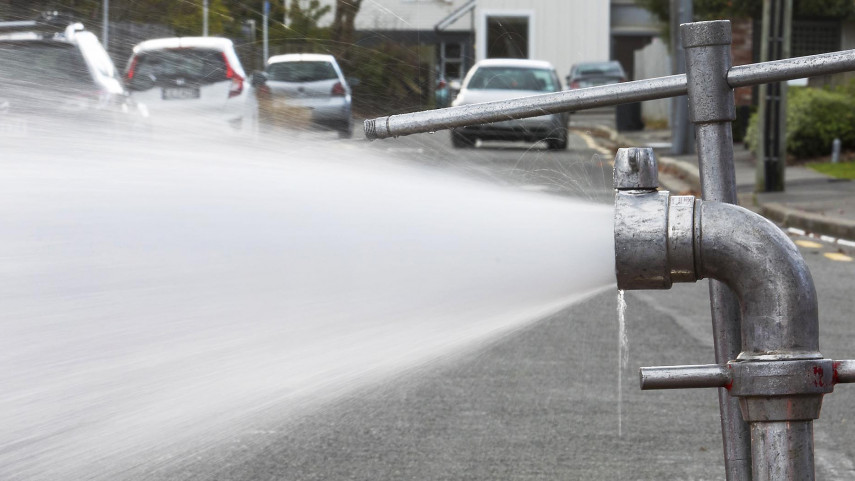
Pipes flushed to reduce chlorine taste

Share this story
Christchurch City Council staff are taking steps to reduce the taste and smell of chlorine in the water supply following public feedback.
The Council's contractors have this week started flushing pipes with high pressure water in the suburbs that seem to be most affected.

Water is being flushed through the pipes to help reduce the taste and smell of chlorine.
This is in response to feedback that residents in some parts of the city are experiencing the taste of chlorine more than others.
“In addition to flushing the pipes, staff are working with the health authorities to explore how we can reduce the amount of chlorine being added into the water supply,” says General Manager of City Services David Adamson.
He says the amount people notice the smell and taste can, among other things, depend on how close they are to the pump station. Different pump stations are used depending on demand so people may not be getting water from the one closest to their home. A map of pump station locations around the city has been published on the Council's website.
Another factor is the condition of the pipes. “Chlorine reacts with a variety of naturally occurring materials in the pipe. It’s this reaction that can cause the variation in smell and taste in some areas and that’s why we’re flushing pipes in the worst-affected areas.”
Mr Adamson says filling an open jug and keeping it in the fridge will help remove the chlorine. “You need to keep lids off containers so the chlorine can evaporate over time.”
People should contact their own general practice team/family doctor/GP if they have any concerns. In Canterbury they can call their usual GP’s number after-hours [when their doctor’s practice is closed] and their call will be put through to a nurse who can provide free health advice. They can also contact Healthline 24/7 0800 611 116 for free health advice.
“The Council has authorised chlorination for up to 12 months and we’re making good progress on understanding the extent of work that needs to be done so we can reduce and stop adding chlorine to our water supply,” Mr Adamson says.
